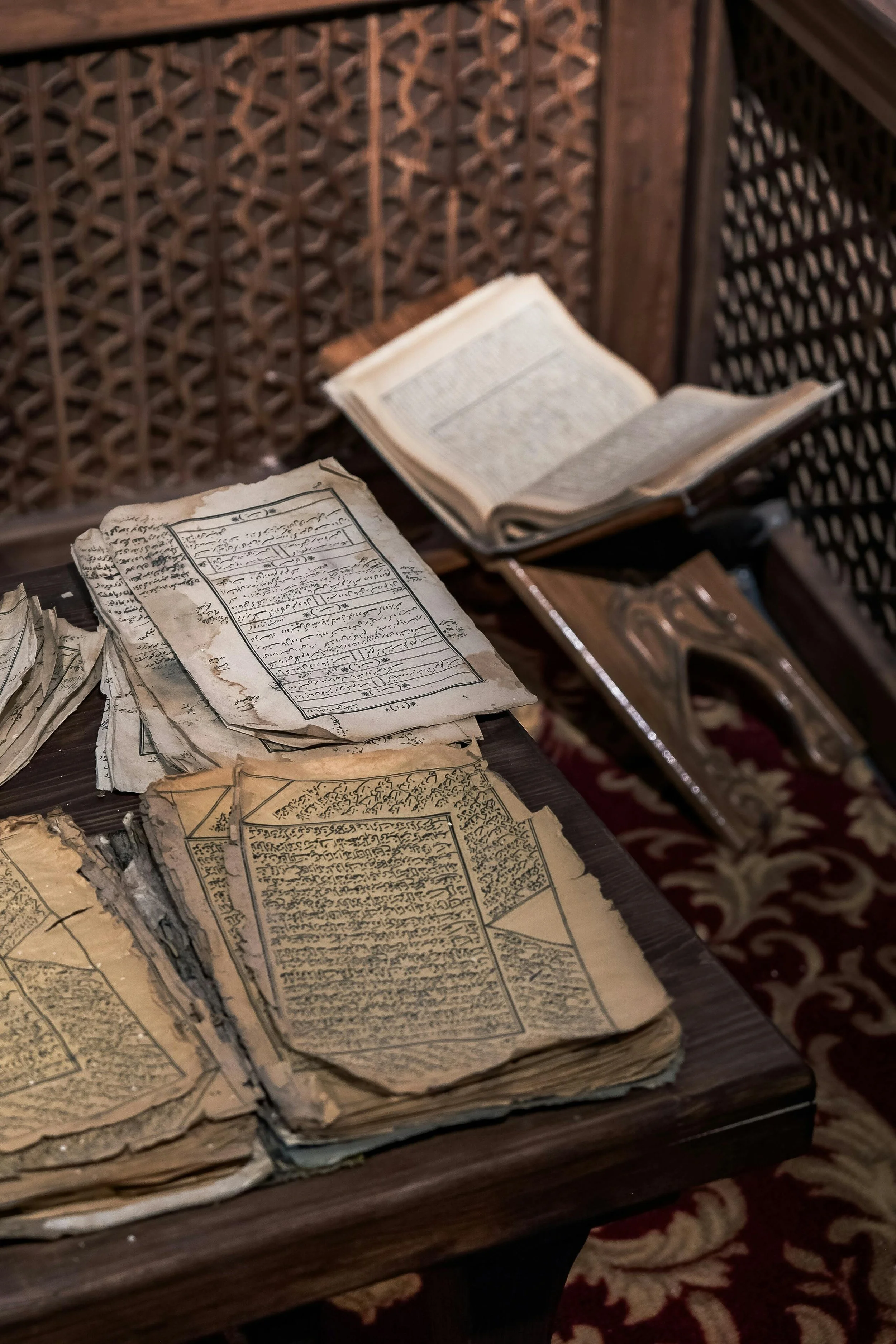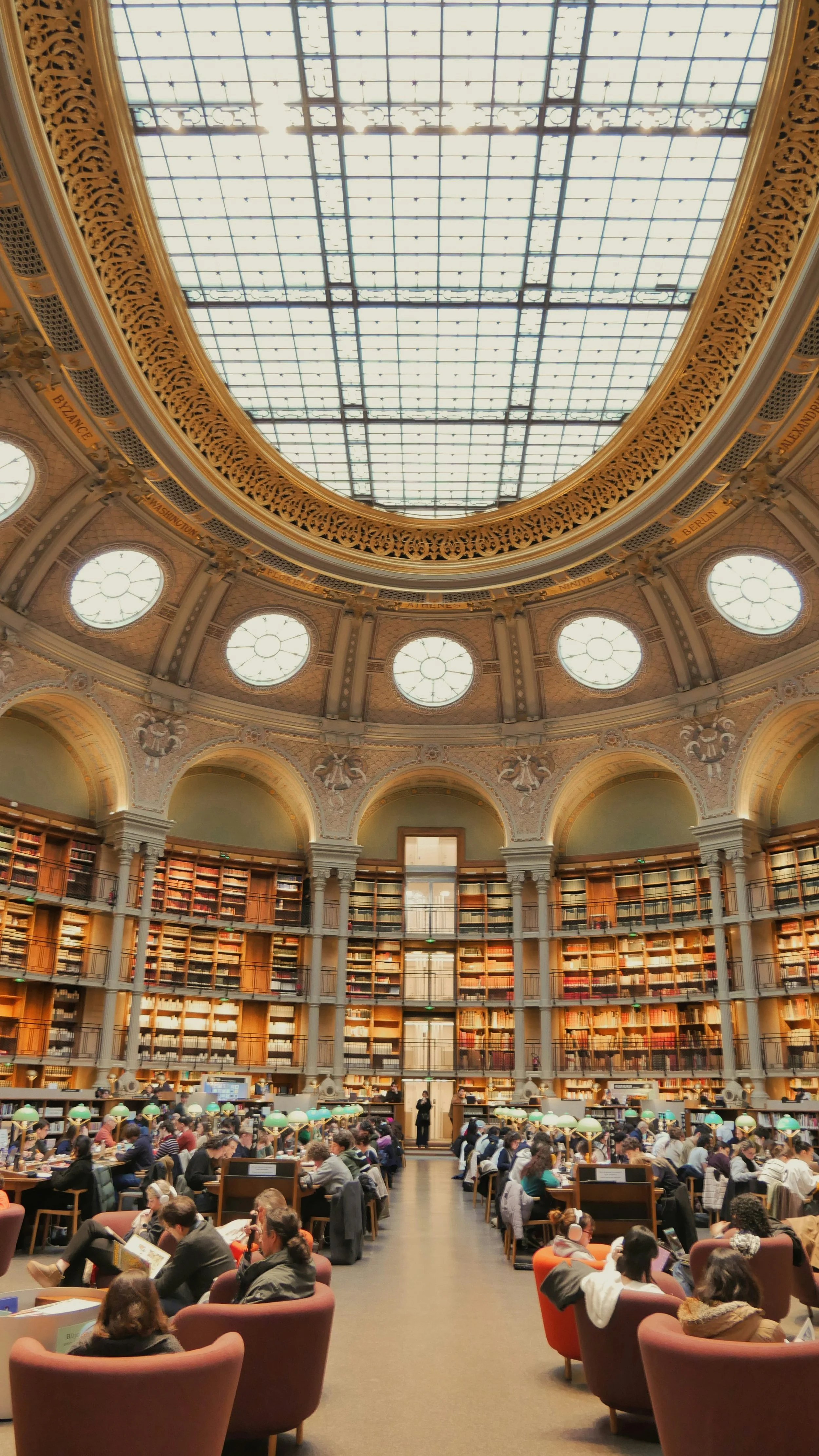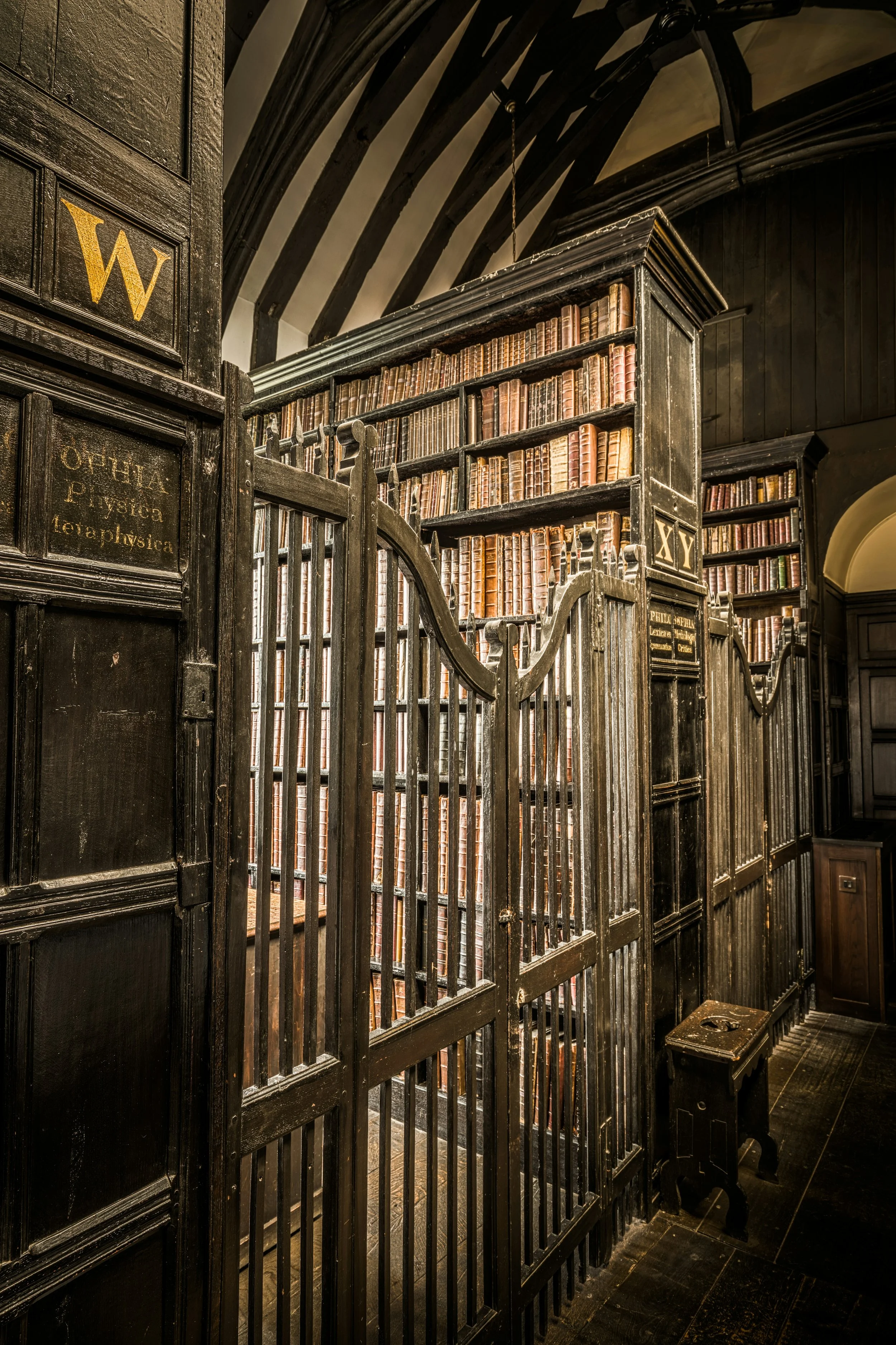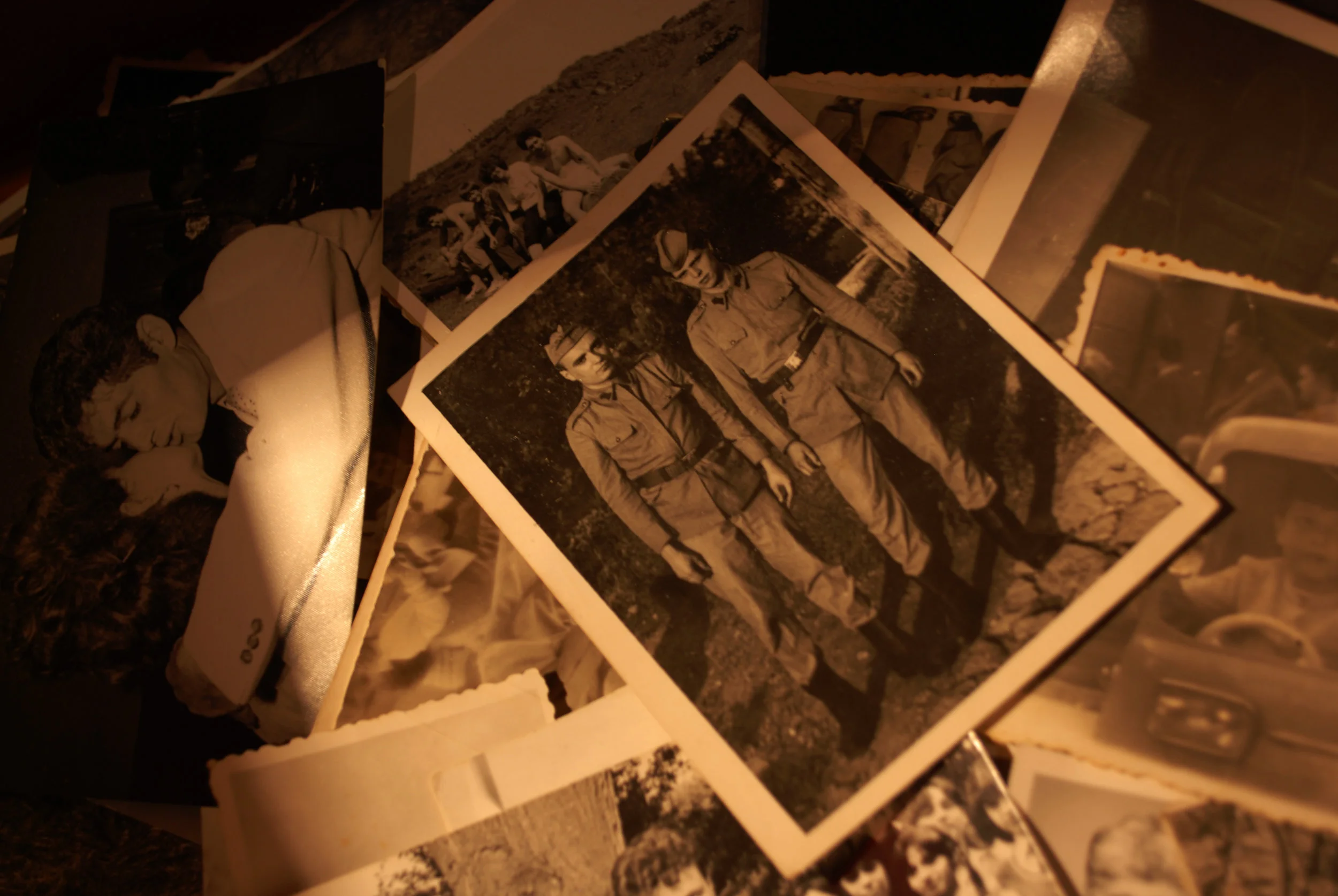When I teach my Research Methods students, I often ask them to interrogate their primary sources. When you’re working with documents—whether manuscripts from the 17th century or blog posts that were published minutes ago—you need to analyze them like detectives. Nothing should be taken at face value. Often, this means that a document may need to be read several times to unravel its meaning.
How to Analyze Historic Photographs
Photographs contain a wealth of information, but you need to build your visual literacy to extract clues. The social history context that photographs provide is especially important for groups who have historically not been represented in text-based archival collections, such as women or people of color. I've gathered some of the techniques I use when conducting historical analysis of photographs.
How to Prepare for an Archives Visit
7 Secrets to Stellar Archival Research
Conducting archival research can be challenging. Unlike libraries, which have assets with consistent information, archives preserve and provide access to unique materials.
Trained as an archivist, I also work as a researcher, so I have a 360-degree perspective on archives. In a graduate-level course on research methods I teach, I offer the following suggestions to my students.








